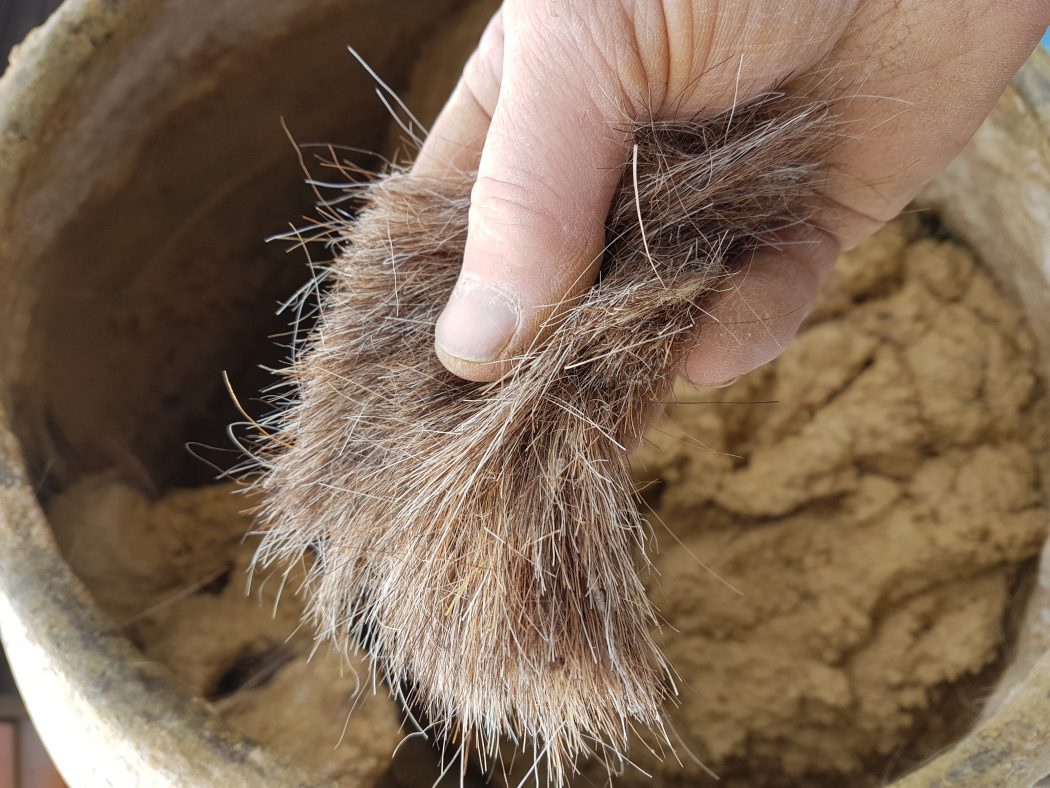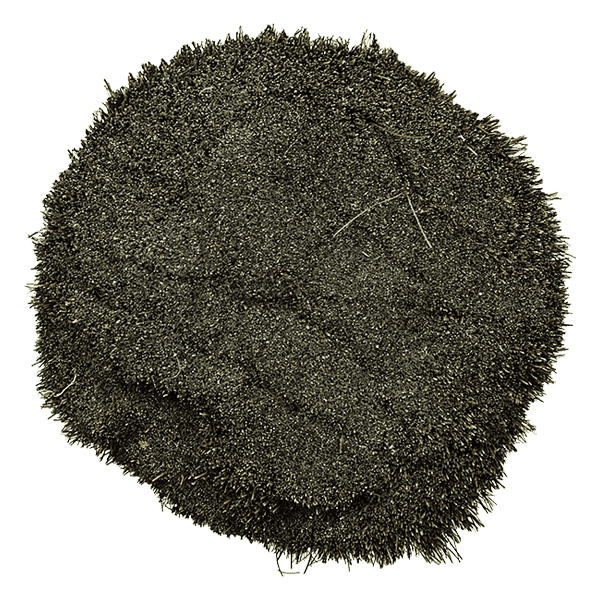

Few exceptions like Thappi, Araish and Chettinad plasters requires skill and practice to execute and takes time to attain the elegant finish they offer. The finishing layer can be of various textures depending on the technique used. With the right recipe and simple preparation techniques, plasters can beautify the walls of any common man. Lime plaster is usually an off-white colour compared to the pinkish brown of gypsum alternatives. What Does Lime Plaster Look Like Identifying lime plaster can be difficult if you do not know what you are looking for.

Different types of mud and natural pigments like vegetable and mineral dyes helps in colouring walls through plasters. Fibres like animal hair have been implemented in the mixes in the past to increase the strength and security of bonds. Fibres Vs Animal Hair Cornish Lime supply also supply polypropylene / flock fibres and can give guidance on the quantities needed. Perlite is an expanded volcanic product that is used instead of sand as a filler. Gypsum plaster is gypsum, and perlite, with maybe some other additives like dolomite or lime. Lime based plaster is general made up of lime putty, sand, and hair. Animal derivatives like egg whites, animal hair, tallow, cow urine and cow dung are also crucial admixtures in plaster. View our range of animal hair for lime render. Lime based plaster uses some type of animal hair as a binding agent. Reinforcement is particularly important when applying basecoat plaster to laths (especially ceiling laths) as it reinforces and strengthens the crucially important nibs from which the ceiling plaster ‘hangs’. Kitchen ingredients like Methi (fenugreek), Gur (jaggery), Kadukkai (Haritaki), Gooseberry, herbs like Aloe Vera, Cactus, Gums from Acacia (Arabic gum) and starch from rice, tapioca, wheat etc. Are animal-hair brushes harmful to animals What is a finishing brush for hair When did they stop using asbestos in plaster Although the use of asbestos dates back for centuries,United States Gypsum, the largest manufacturer of plaster, did not use asbestos in it’s materials until the 1920’s. Animal hair has been added to reinforce and reduce shrinkage in lime plasters for centuries. The beauty of Indian plasters is that it utilises different natural derivatives from trees and herbs to increase the molecular strength, termite resistance and water repelling quality.


 0 kommentar(er)
0 kommentar(er)
